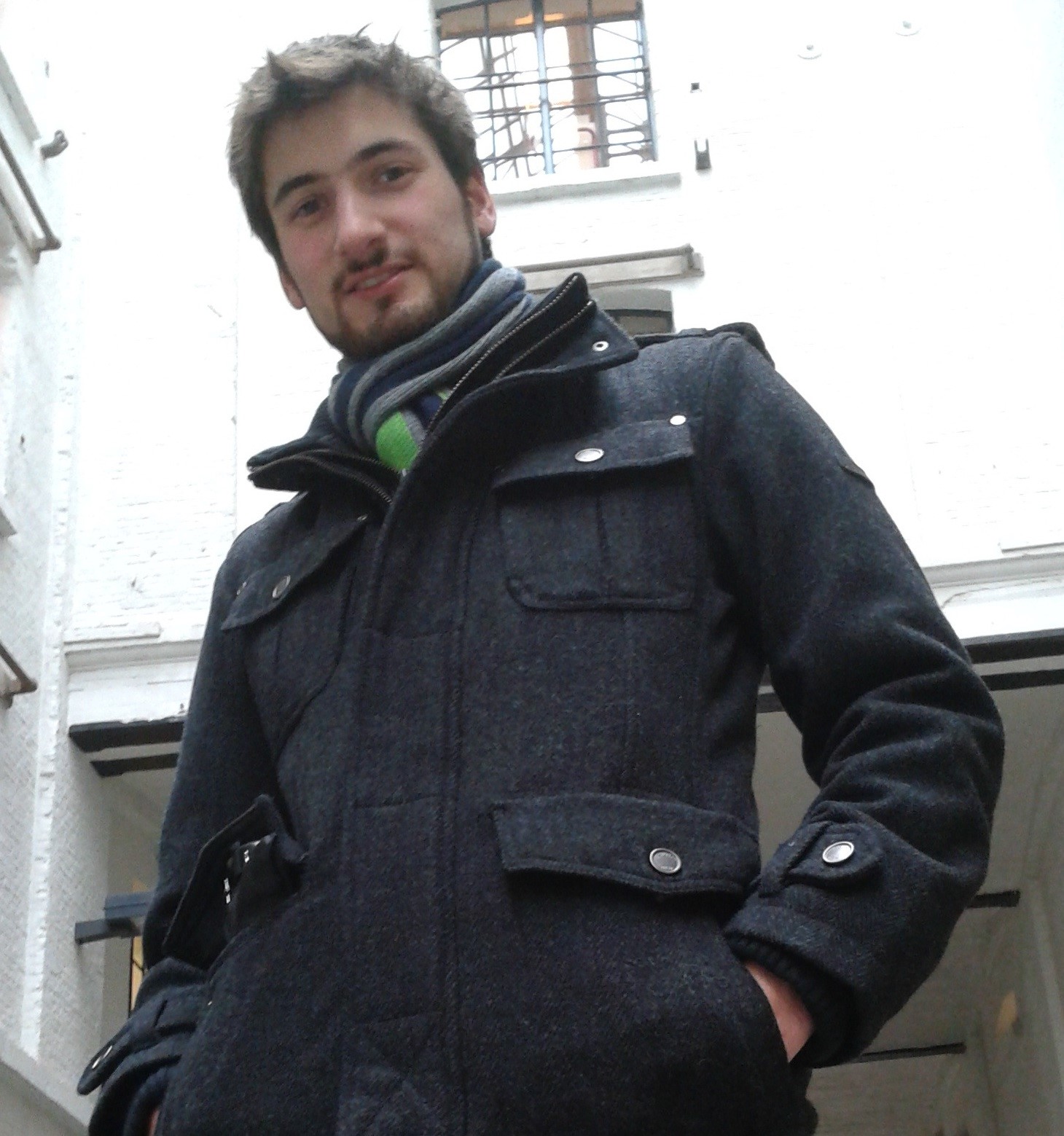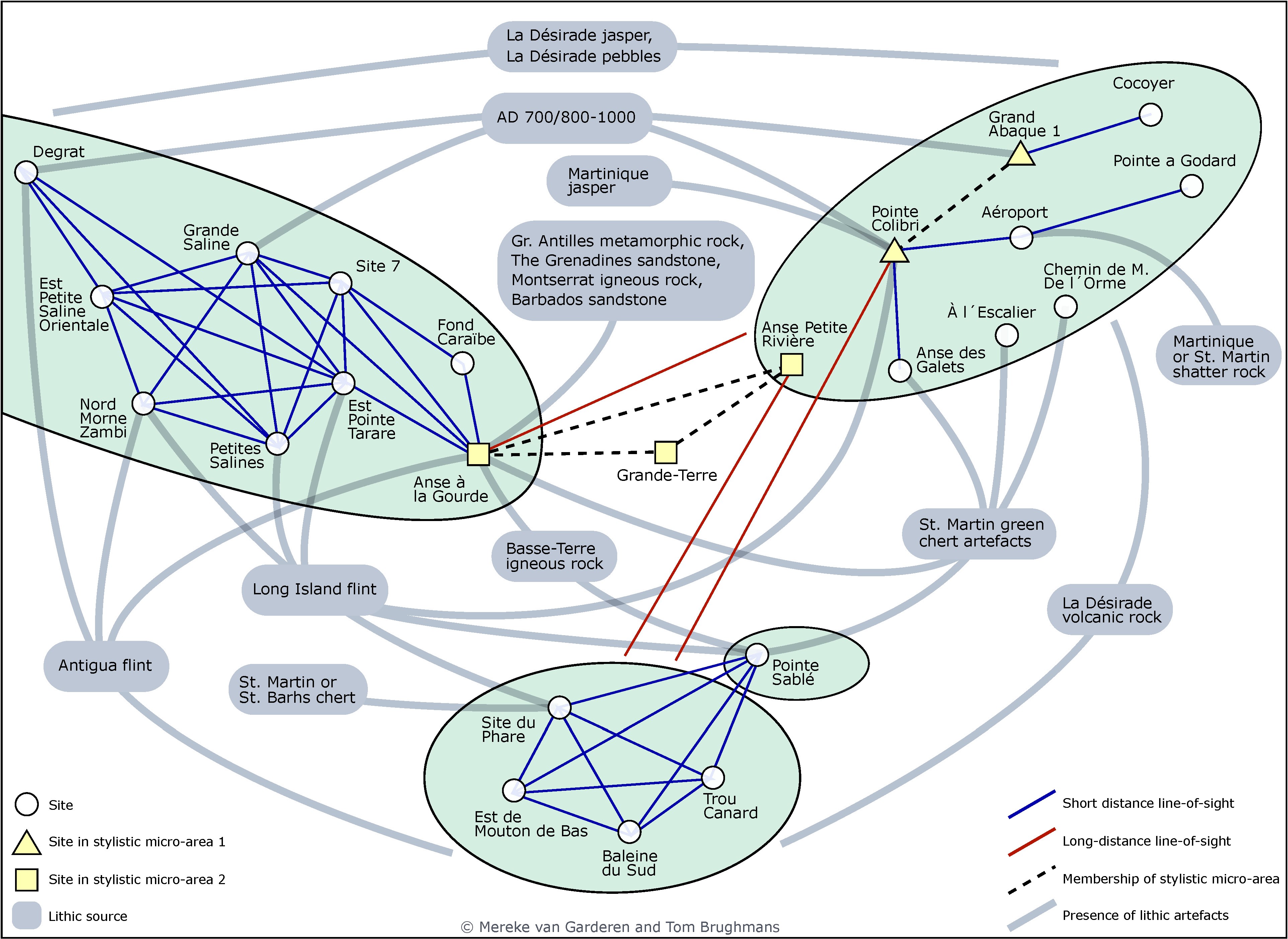UrbNet fills first associate professorship
Dr. Tom Brughmans (University of Barcelona) will join UrbNet in February 2020.


Tom Brughmans is a classical archaeologist with an interest in researching Roman economic and urban phenomena. He performs much of his work by applying computational methods such as network science, agent-based simulation and geographical information systems.
Much of Tom’s research is aimed at enhancing our understanding of the functioning and structure of the Roman economy. How did the Roman road system structure flows of people, goods and ideas throughout the Roman Empire? How does archaeological and historical data reveal the degree of connectivity between Roman urban settlements? To what extent did communities of traders and government institutions limit or facilitate the ability of ancient traders to be economically well-informed? In what ways were Roman amphora containers reused and recycled in urban environments, and how does this affect our ability to understand the flows of foodstuffs they contained? He also maintains a website with educational and open access resources for computational modelling in Roman Studies. Tom even created a board game about the Roman economy, used as an educational outreach resource.
Tom has an inter-disciplinary international career track. He held a Leverhulme Early Career fellowship at the University of Oxford, where he was affiliated with the Oxford Roman Economy Project. During this time, Tom was coordinator of the PastNet research network of Oxford-based researchers who share a research interest in network methods and the study of past social systems. He was also a Marie-Curie research fellow at the University of Barcelona’s Faculty of Physics, where he was an active member of the University of Barcelona Institute of Complex Systems. He held his first postdoctoral position at the computer science department of the University of Konstanz, where he worked on applying visibility analysis to the study of contact-period Caribbean communities in the Lesser Antilles (HERA CARIB project affiliated with ERC-Synergy NEXUS 1492).
He obtained a BA and MA in Archaeology from the University of Leuven, and subsequently an MSc and PhD from the University of Southampton. Most of this education was focused on Roman archaeology and the application of computational methods to archaeological research. As secretary of Computer Applications and Quantitative Methods in Archaeology, and founding member of The Connected Past, Tom is very much integrated in international computational archaeology communities.
